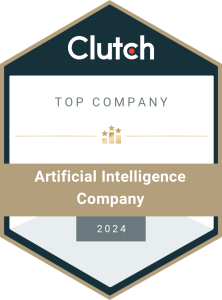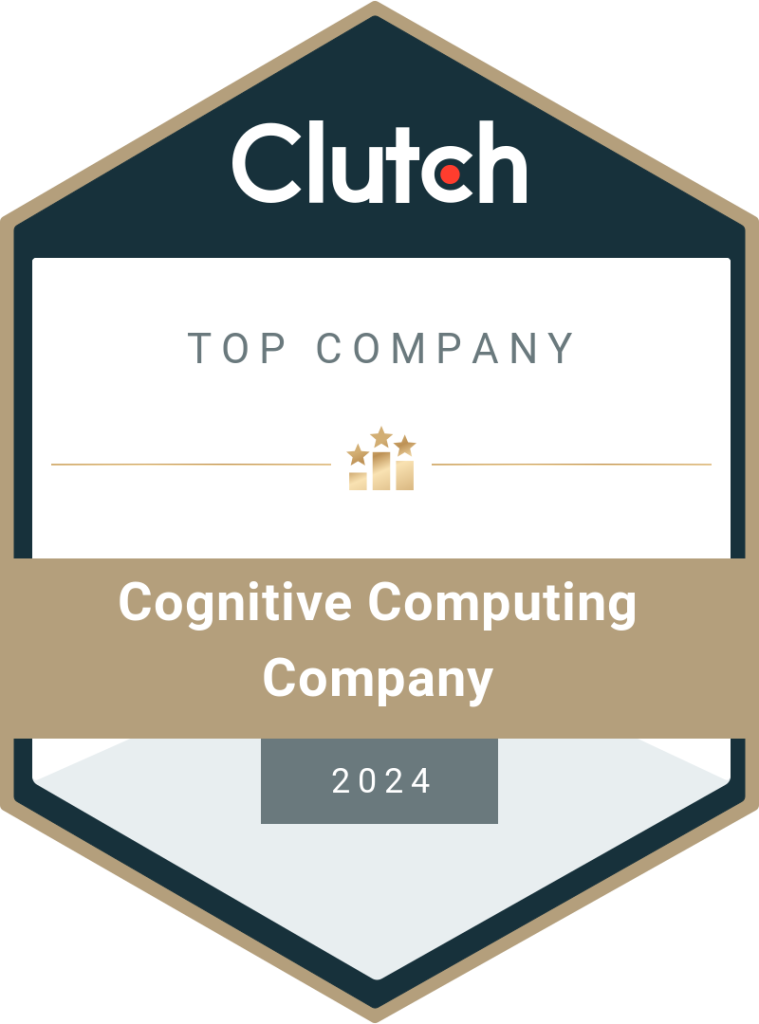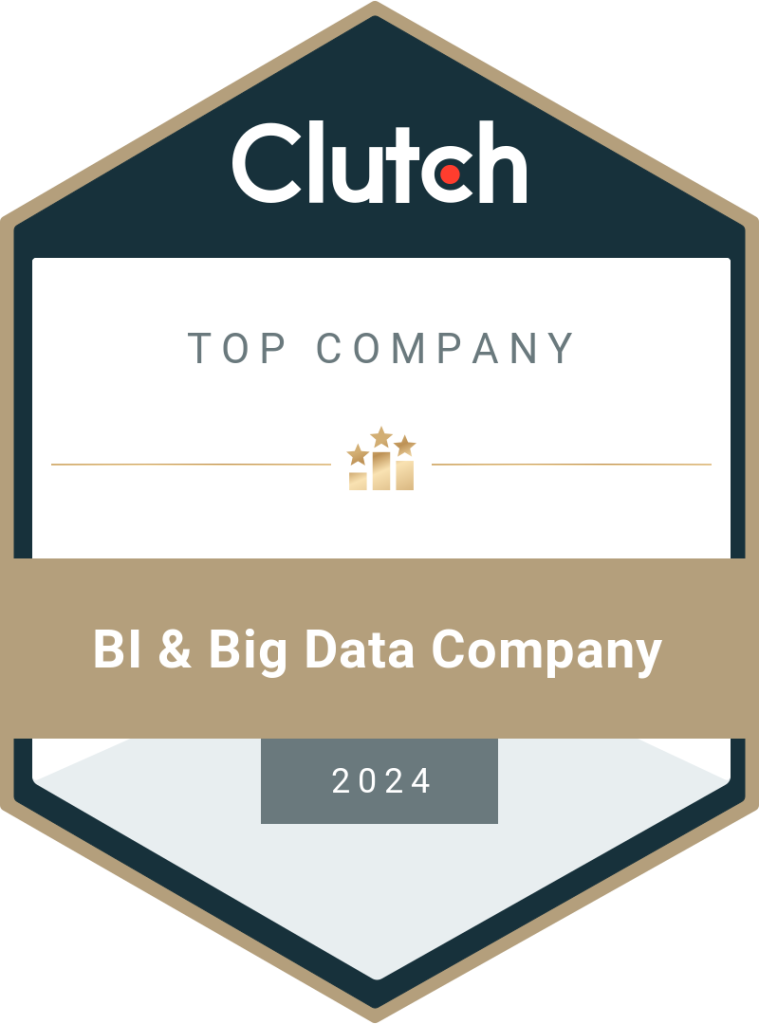Machine Learning is Right for Your Business: Is it True?
Machine learning can make an enterprise an industry leader by streamlining the processes and increasing returns. ML is right for every organization, and here’s why. Have you heard of the terms artificial intelligence and machine learning? Or, the correct question would be how many of you have not heard of them. Isn’t it? The interest in AI and ML has been steadily growing over the years. Many organizations have already started investing in ML technologies to improve their business operations. However, it is vital to understand what ML is, why your business needs machine learning, and what kind of technologies you should adopt. To make things easy for you, we’ll explain the various facets of ML in this blog. In today’s world, there is no shortage of data. The world has generated around 2.5 quintillion data bytes every day in 2020. Every user created 1.7 MB of data per second. Data is available in real-time for processing and analysis. This helps organizations around the world to derive accurate insights and use them to make decisions. But how is this data processed? Manually collecting, cleaning, and analyzing big data is not really possible and takes too much time and effort. Artificial intelligence tools and machine learning algorithms help replace the manual processing of data. Machine learning models can process data in real-time, identify patterns, and share valuable insights that help enterprises streamline their day-to-day business operations. In recent years, machine learning adoption rates have improved in all parts of the world. The machine learning global adoption rate is 45%, with another 21% exploring ML methods to get started soon. There are several practical applications and benefits of using machine learning in the business. It has become necessary to invest in artificial intelligence and machine learning tools to revamp the business process and compete in the market. Both SMEs and large-scale enterprises need to understand what machine learning is and how it can change their business for the better. But first, let’s start with the basics. In the first section, we’ll read more about machine learning, the definition, model, purpose, and more. Overview of Machine Learning Machine learning is an AI application that helps systems read and understand vast amounts of data. Machine learning is used to develop programs that can process and analyze data to deliver predictions and insights. The main aim of using machine learning is to empower a computer to learn and understand data in various forms. In short, machine learning helps computers process data the way a human mind does. Enterprises develop machine learning models customized to work with the type of data collected to make the business successful. Is machine learning AI or is machine learning the same as Artificial Intelligence? Machine learning is a subset of AI. The concept of machine learning is to empower machines to learn and adapt through self-training. It deals with the statistical methods and algorithms that teach a computer to understand and process data. This means that while machine learning can be called AI, the reverse is not true. It is an application of artificial intelligence where a machine is trained to think and make decisions like a human. AI has more components than machine learning. It is a broader subject. Artificial intelligence aims to make computers smart enough to solve complex problems without human intervention. In other words, Artificial intelligence creates intelligent machines, while machine learning trains these machines to become efficient and accurate. Machine Learning Models The machine learning algorithms are widely classified into supervised and unsupervised learning, semi-supervised learning, and reinforcement machine learning. 1. Supervised Learning This model uses the learning of the past and implements it on new data through labeled examples. It is used to predict future outcomes and trends. The input is mapped to output based on a given example of input-output pair. Regression Model: A regression model is where the output is continuous and is further subcategorized into the following- 1. Linear Regression This is where you find a line that best fits that data when you draw a graph with the X and Y-axis. Multiple Linear Regression (where a plane of best fit is determined) and Polynomial Regression (where a curve of best fit is found) are an extension of this model. 2. Neural Network We hear about neural networks more often than other models. It is a series of algorithms to recognize the several relationships and underlying connections between datasets. Neural networks are vital for deep learning. Each node is connected to the other to send data across the network. The network is trained using huge data sets and becomes accurate over time. Google’s search algorithm is the best example of a neural network. This model has been developed to resemble the operations and thought processes of the human mind. 3. Decision Tree This is a popular model where every question/ assumption is a node. The probable answers to each question will lead to more questions (nodes), and you finally have the answers (called leaves). This method considers all possible conditions before coming up with the final answer. The more nodes you have, the better will be your decision. However, this method is not always accurate due to the various factors involved. 4. Random Forest This is a collection of decision trees. However, random subsets of variables are selected at each step of the decision tree. Then the mean of predictions for each tree is selected. The final decision is selected depending on how many predictions are similar (same). This is a majority-based model that tries to eliminate the risk of individual error. Classification Model: A classification model is where the output is not continuous but discrete. It uses logistic regression the probability of outcomes in two. The output value should either be 0 or 1. Decision trees, random forests, and neural networks are a part of the classification model as well. The only difference is the change in output. 2. Unsupervised Learning The information used to train the algorithm is neither labeled
Read More





